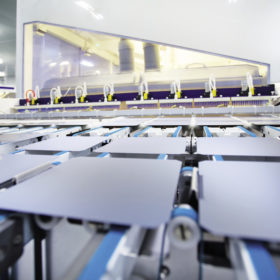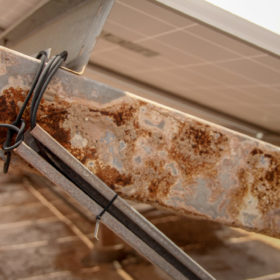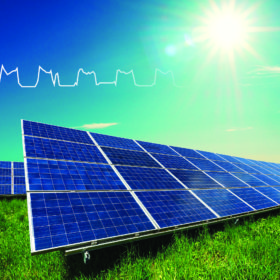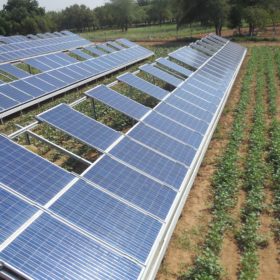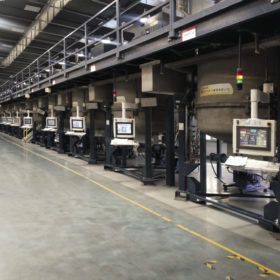The long read: Criteria and implications for gallium-doping
As a remedy for light-induced degradation (LID) in crystalline silicon cells, gallium-doped wafers are showing considerable promise. With reports that ingot growth productivity can rival that of boron doping, it seems that gallium doping may now be able to meet the cost, integration and performance criteria that have informed solar manufacturing technology adoption, writes Alex Barrows, senior research analyst at U.K.-based consultancy Exawatt.
Innovation promises cheaper solar cell glass manufacturing
Indian scientists have developed a hybrid production method combining metal mesh and a metal-oxide layer over a glass substrate which they say brings down production cost by 80% compared to the tin-doped, indium oxide-based technology currently in use.
The long read: Understanding LeTID
Light- and elevated temperature-induced degradation (LeTID) of PV cells can have far-reaching impacts on the efficiency of modules. Alison Ciesla and Brett Hallam of the University of New South Wales argue that accelerated testing, such as that included in the forthcoming IEC standards, is critical for LeTID identification and quantification in order to manage these impacts.
Assessing metal leaching from PV modules dumped in landfill
An Indian Institute of Technology research team analyzed around 300 studies about PV panel waste containing carcinogenic metals. The researchers said solar module recycling is not economically profitable and policy support is necessary to avoid panels being dumped in landfill.
DST calls for Indo-Israel joint research on solar energy and storage
December 5 is the last date to submit proposals for the joint research program on advanced materials for next-generation solar energy utilization and energy storage that will sponsor around 10 projects. The maximum funding available for all research projects approved is Rs40 million for the Indian side and 4,000,000 NIS for the Israeli side, for a period of two years.
Perovkiste solar cells need proteins
A U.S. research team has used protein bacteriorhodopsin to improve the efficiency of what it called ‘bioperovskite’ solar cells. The scientists used Förster Resonance Energy Transfer to predict the strength of long-range excitonic transport between the perovskite and protein layers.
Jodhpur agrivoltaic pilot project replicated
Research institutes have moved quickly to emulate the successes observed in a test installation at Jodhpur as India races to meet an ambitious target of doubling agricultural income by 2022.
Proposals invited for joint Indo-Israeli R&D on solar and storage
The Department of Science & Technology, Government of India, and the Ministry of Science and Technology of State of Israel will fund joint research on advanced materials for next-generation solar energy utilization and energy storage. The deadline for the submission of proposals is December 5.
MNRE invites solar research proposals
The ministry has invited proposals for high-efficiency perovskite solar cells, solar panel recycling, hybrid inverters and new applications that combine solar and storage, among others.
The long read: Change to the cast
Few in the industry predicted the speed at which monocrystalline technology would develop, or the impressive cost reductions it would achieve by 2019. This has left producers of multicrystalline products facing rapidly shrinking market share and struggling to compete on a cost per watt basis. Many are now turning to cast mono processes, essentially creating a monocrystalline, or ‘mono-like’ silicon ingot in a multicrystalline furnace, to reach higher efficiencies and extend equipment lifetimes.
